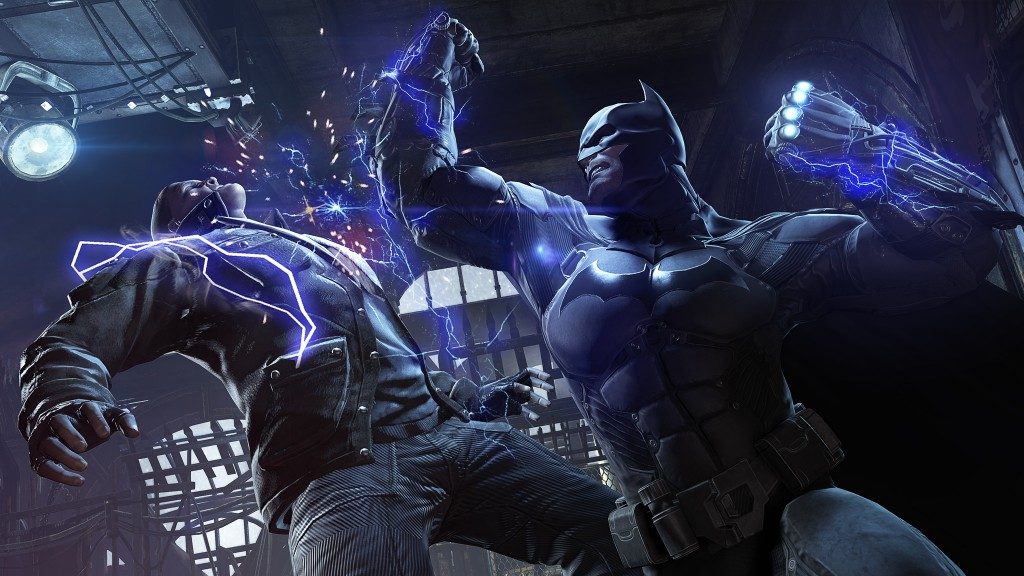
Fist-fighting for fun and profit
By Adam Tatelman, Arts Editor
Combat is one of the most common video game mechanics because it is an easy way to give the plot conflict and tension. Why should I care about Ryu Hayabusa’s revenge mission? Because demons want to kill him, so he has to fight for his life.
Action movies and Kung Fu films have used this trick in lieu of character arcs for decades, so adapting it to games is easy. However, that places the burden of being engaging on the combat itself.
Since gunplay is fairly common in modern gaming, let’s examine the road less traveled: fist-fighting. Outside of tournament fighters like Mortal Kombat or Street Fighter, this is a mechanic that rarely carries a game by itself. This is because most melee combat outside those genres boils down to a simplistic block-and-counter badminton match that grows repetitive quickly. There are, however, games that buck this trend.
The Condemned series, ostensibly a horror game, features brutal, realistic combat. Block-and-counter serves only as the base; aside from having individual control over your right and left hands for boxing combos, there are countless improvised weapons scattered through every environment for the player to take advantage of, each with its own distinct reach, swing speed, damage, and durability stat. This, along with the hyper-aggressive enemy AI, forces the player to be resourceful and fight dirty.
The Batman: Arkham Asylum series features a more arcade-like system, focused on facing multiple opponents at once. Attacking and countering builds your combo meter as long as you avoid taking damage. Each time your combo reaches a certain number of hits, Batman can execute a number of devastating grappling attacks. Each attack is most effective against a different type of enemy, so trying to execute the optimal attack against a certain foe is a tense struggle, especially when you’re rocking a 100-hit combo you can’t stand to lose.
This style, of course, was inspired by the spectacle fighters of yesteryear, sadly endangered now thanks to the tepid reaction to games like DmC: Devil May Cry (the reboot) and God of War: Ascension (the unnecessary prequel).
Usually, these games pit a fragile-yet-acrobatic character with a huge arsenal of attacks against enormous bosses with even bigger health bars. These games, when played well, see the player use a wide variety of attacks to maintain their combo and look as stylish as possible. Warning: Not for those with slow thumbs.
Though associated with fist fighting, the phrase melee translates literally to “mixture.” Thus, what makes these melee combat systems stand out from the parry-riposte clones lining bargain bins the nation over is, in a word, variety. Be it a variety of moves to use, tactics to employ, or a belt of bat-gadgets, melee combat as a mechanic only shines when the player has the chance to be tricky and unpredictable.
Real fights rarely look like two guys standing still and trading punches until someone gets a lucky shot. Maybe one guy is bigger than the other. Maybe it goes to the ground. Maybe they both know different martial arts, or maybe they know none at all. Maybe they are a of couple drunks with switchblades. Combat is an entire universe of move and countermove, throw and recovery, grapple and escape. Boiling it down to a virtual game of Rochambeau is perhaps the easiest thing for developers to do, but it sure as hell ain’t fun to play.


